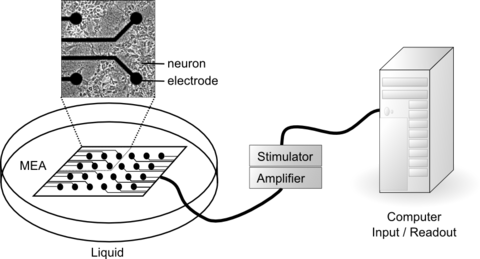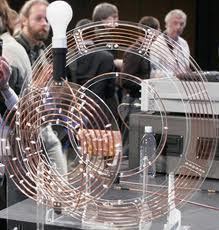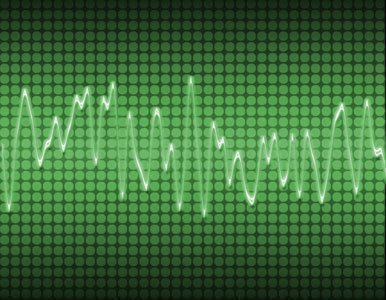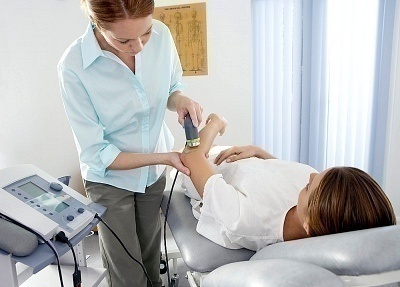Biological computers are special types of microcomputers that are specifically designed to be used for medical applications. The biological computer is an implantable device that is mainly used for tasks like monitoring the body's activities or inducing therapeutic effects, all at the molecular or cellular level.
The biological computer is made up of RNA (Ribonucleic Acid – an important part in the synthesis of protein from amino acids), DNA (Deoxyribonucleic Acid – nucleic acid molecule that contains the important genetic information that is used by the body for the construction of cells; it's the blue print for all living organisms), and proteins.
Advantages
The main advantage of this technology over other like technologies is the fact that through it, a doctor can focus on or find and treat only damaged or diseased cells. Selective cell treatment is made possible.
The biological computer can also perform simple mathematical calculations. This could enable the researcher to build an array or a system of biosensors that has the ability to detect or target specific types of cells that could be found in the patient's body. This could also be used to carry out or perform target-specific medicinal operations that could deliver medical procedures or remedies according to the doctor's instructions.
This not only makes the healing process easier. It also allows the doctors to focus only on the damaged, diseased or cancerous cells found in the patient's body without causing stress to other healthy and normal cells.
How It Works
Biological computers are made inside a patient's body. The researchers or doctors merely provide the patient's body with all of the necessary information or a "blueprint" along which lines the biological computer would be "manufactured." Once the "computer's" genetic blueprint has been provided, the human body will start to build it on its own using the body's natural biological processes and the cells found in the body.
As of today, reading signals produced by cell activity is not yet possible due to technological limitations. However, through the use of a tiny implantable biological computer, these cellular signals could easily be detected, translated and understood using existing medical and laboratory equipment.
Through boolean logic equations, a doctor or researcher can easily use the biological computer to identify all types of cellular activity and determine whether a particular activity is harmful or not. The cellular activities that the biological computer could detect can even include those of mutated genes and all other activities of the genes found in cells.
As with conventional computers, the biological computer also works with an output and an input signal. The main inputs of the biological computer are the body's proteins, RNA, and other specific chemicals that are found in the human cytoplasm. The output on the other hand could be detected using laboratory equipment.
Applications
The implantable biological computer is a device which could be used in various medical applications where intercellular evaluation and treatment are needed or required. It is especially useful in monitoring intercellular activity including mutation of genes.




pranali
thanx…. it will definately help us in our ppt presentation….
ZeeT
Some Californian and Israeli scientists have created the first Biological Computer that can decrypt images on a DNA chip. Unlike any traditional computer, this one is made of biomolecules and can interact with live organisms. Follow the entire story on etechmagdotcom
Will.Spencer
Biological computers could be part of a cure for cancer — but no one really knows for certain at this point. Check back in twenty to fifty years to find out. 😀